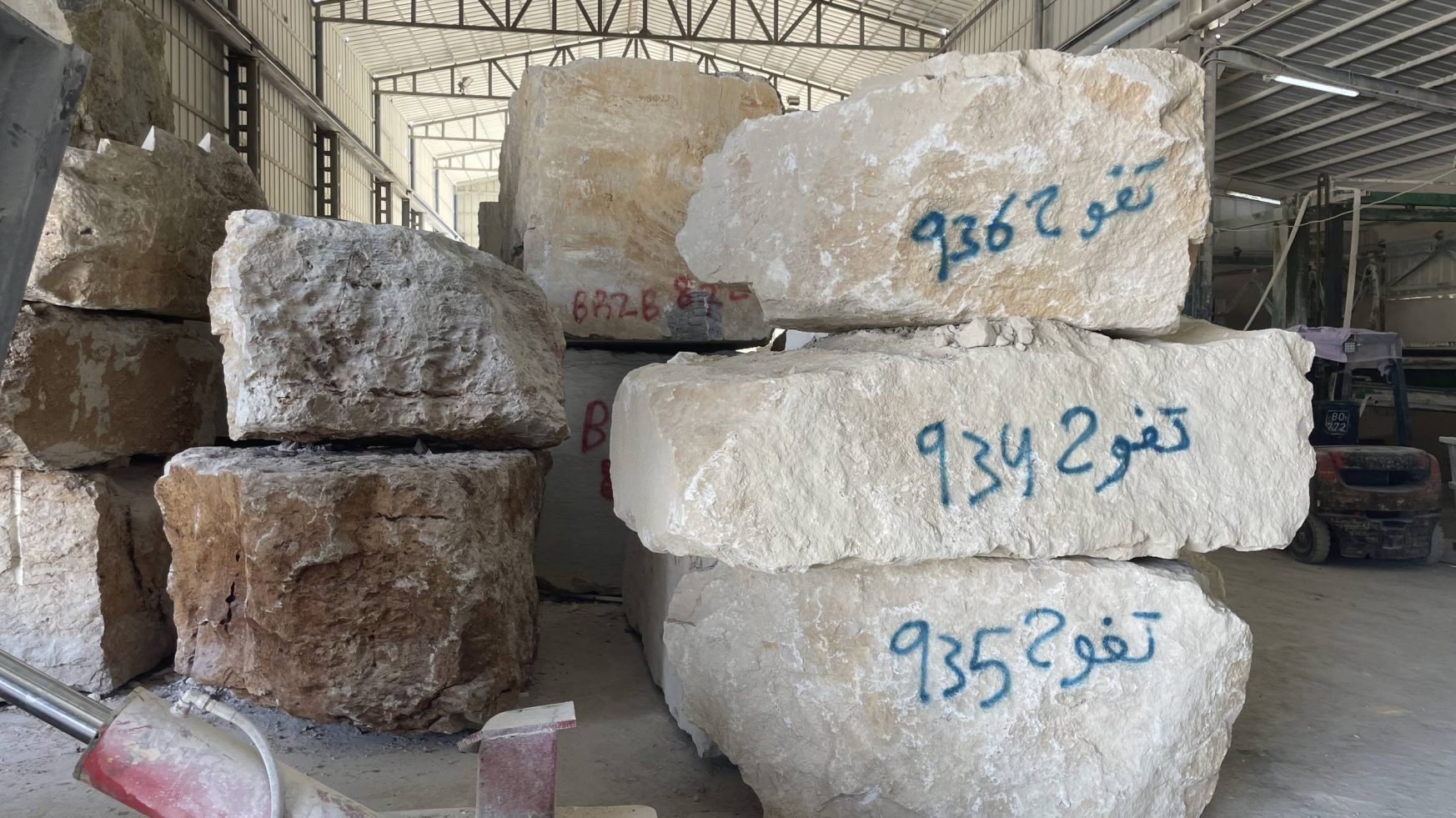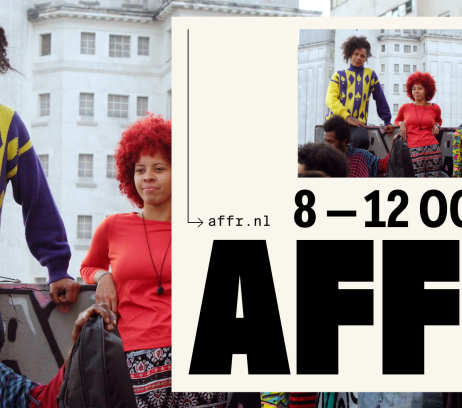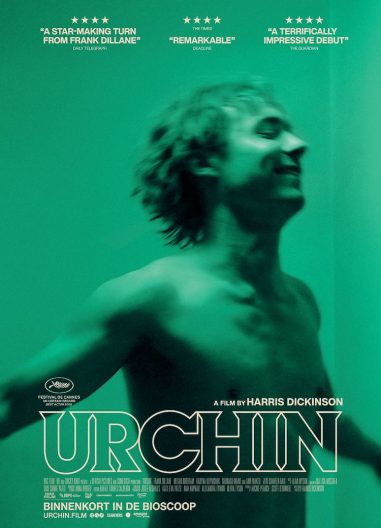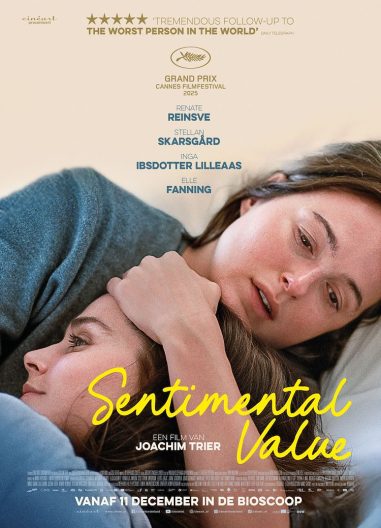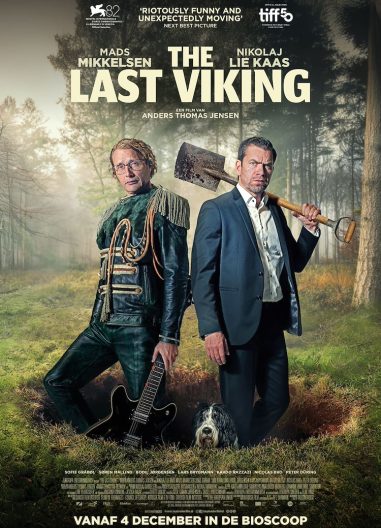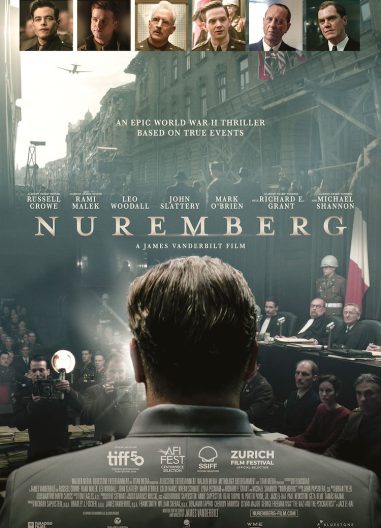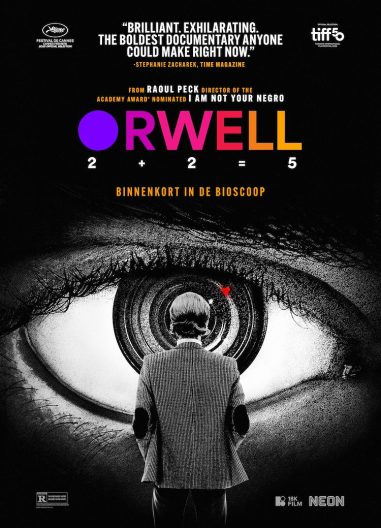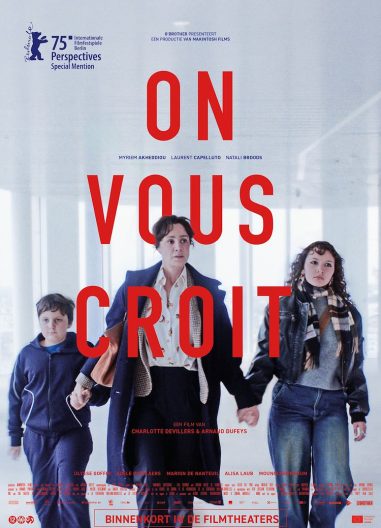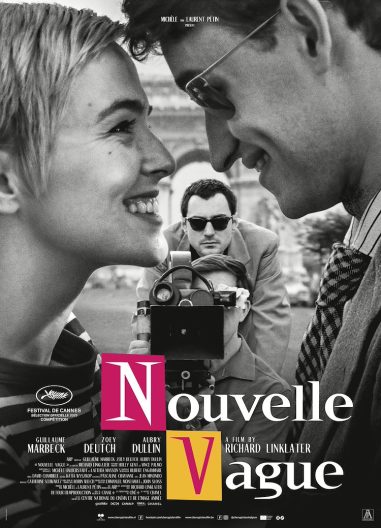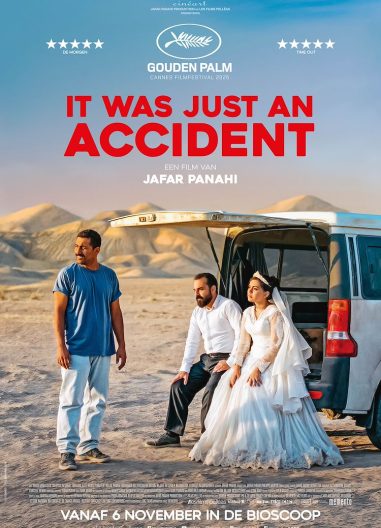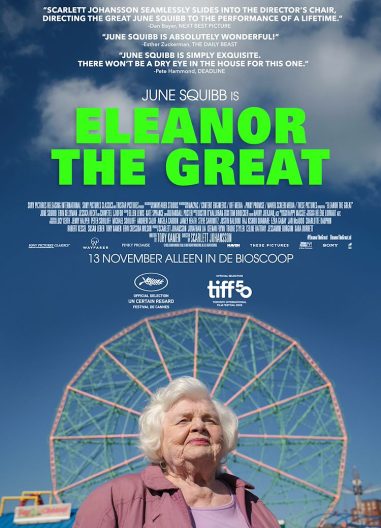Architectenweb Best of AFFR - Rule of Stone
Een verhaal over onteigening door ontwerp. Hoeveel persoonlijke verantwoordelijkheid hebben architecten en stedenbouwkundigen die simpelweg het overheidsbeleid volgen? Rule of Stone onderzoekt het belang van Jeruzalem steen, een materiaal dat architecten móeten gebruiken om Jeruzalem haar unieke uitstraling te geven – een esthetiek van historische vervalsing, gebruikt om de mythe van eeuwenoude Joodse continuïteit in de bezette gebieden te versterken. Een beleid van onzichtbaar geweld, verantwoordelijk voor de verdrijving van Palestijnen uit Jeruzalem.
Danae Elons grondige onderzoek schuwt de controverse niet wanneer ze het zogenaamde masterplan voor de stad onderzoekt: Palestijnse wijken worden door het plaatsen van Joodse knooppunten – omwille van vermeende vermenging – in feite overgenomen. Door archiefmateriaal te combineren met interviews met lokale planners, bewoners en architecten zoals Moshe Safdie, richt de regisseur zich op de directe politieke implicaties van architectuur, en van steen in het bijzonder.
A story of dispossession by design. What is the personal responsibility of architects andurban planners simply following government policy? Rule of Stone looks at the significance of Jerusalem Stone, a material that architects must use to give Jerusalem its singular aesthetic quality. Described as an aesthetic of historic forgery used to solidify the myth ofancient Jewish continuity in the occupied lands. A policy of invisible violence responsible forthe displacement of Palestinians from Jerusalem.
Danae Elon’s delicate examination doesn’t skirt controversy when examining the so-called masterplan for the city: taking over Palestinian neighbourhoods by placing Jewish hubs in the middle for the sake of supposed intermingling. By mixing archival footage with interviews with local planners, residents and architects such as Moshe Safdie, the director takes aim at the direct political implications of architecture, and stone in particular.
Kies tijdstip
- filmspecial
Een verhaal over onteigening door ontwerp. Hoeveel persoonlijke verantwoordelijkheid hebben architecten en stedenbouwkundigen die simpelweg het overheidsbeleid volgen? Rule of Stone onderzoekt het belang van Jeruzalem steen, een materiaal dat architecten móeten gebruiken om Jeruzalem haar unieke uitstraling te geven – een esthetiek van historische vervalsing, gebruikt om de mythe van eeuwenoude Joodse continuïteit in de bezette gebieden te versterken. Een beleid van onzichtbaar geweld, verantwoordelijk voor de verdrijving van Palestijnen uit Jeruzalem.
Danae Elons grondige onderzoek schuwt de controverse niet wanneer ze het zogenaamde masterplan voor de stad onderzoekt: Palestijnse wijken worden door het plaatsen van Joodse knooppunten – omwille van vermeende vermenging – in feite overgenomen. Door archiefmateriaal te combineren met interviews met lokale planners, bewoners en architecten zoals Moshe Safdie, richt de regisseur zich op de directe politieke implicaties van architectuur, en van steen in het bijzonder.
A story of dispossession by design. What is the personal responsibility of architects andurban planners simply following government policy? Rule of Stone looks at the significance of Jerusalem Stone, a material that architects must use to give Jerusalem its singular aesthetic quality. Described as an aesthetic of historic forgery used to solidify the myth ofancient Jewish continuity in the occupied lands. A policy of invisible violence responsible forthe displacement of Palestinians from Jerusalem.
Danae Elon’s delicate examination doesn’t skirt controversy when examining the so-called masterplan for the city: taking over Palestinian neighbourhoods by placing Jewish hubs in the middle for the sake of supposed intermingling. By mixing archival footage with interviews with local planners, residents and architects such as Moshe Safdie, the director takes aim at the direct political implications of architecture, and stone in particular.

